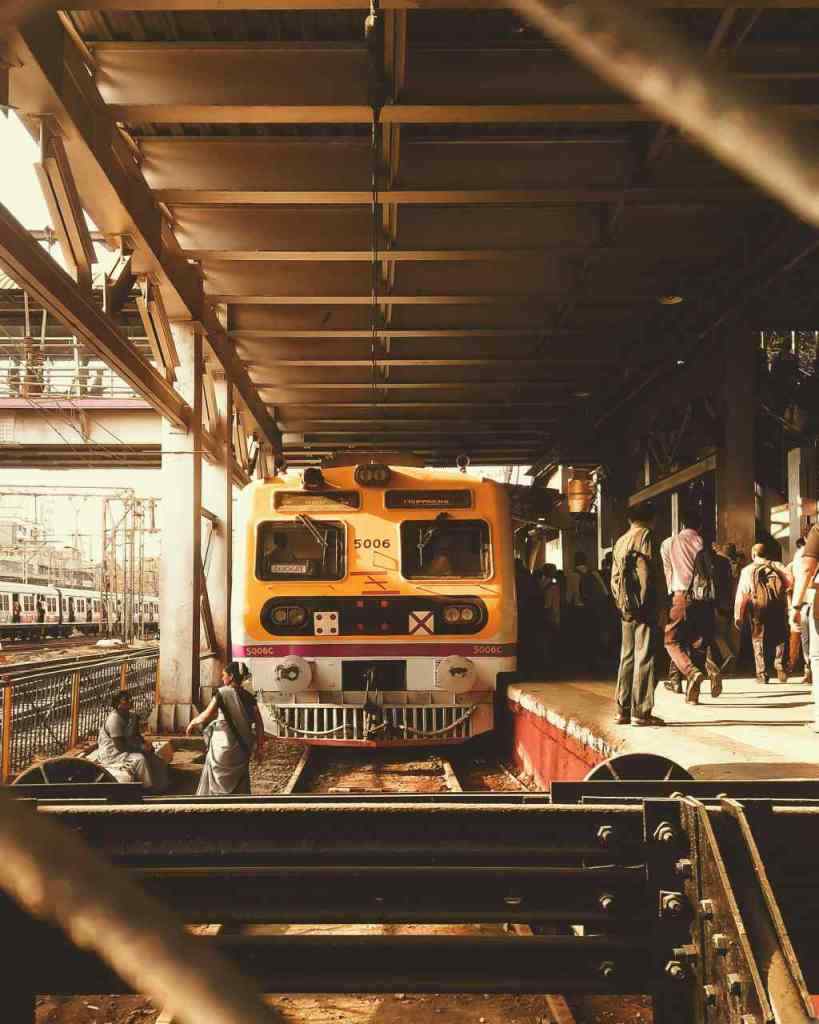Mumbai’s Sweltering Nights: A City Under Siege by Climate Change
Mumbai, the “City of Dreams,” is facing a nightmare scenario. The nights are getting hotter, much hotter, and it’s not just the spicy vindaloo. The increase in warmer nights, fueled by climate change, is wreaking havoc on the health and well-being of its residents. Imagine trying to sleep when it feels like a furnace outside – not exactly a recipe for a good night’s rest, right? This article delves into the sizzling reality of India’s climate change-fueled heatwave, focusing on its impact on Mumbai in 2024 and beyond.
Climate Change: Turning Up the Heat, Especially at Night
Research from organizations like Climate Central and Climate Trends paints a grim picture: climate change is adding a significant number of warmer nights to India’s calendar. We’re talking a whole lot more tossing and turning, folks. These warmer nights, with temperatures stubbornly staying above a balmy twenty-five degrees Celsius, are not just uncomfortable; they’re seriously messing with people’s sleep and overall health. Aarti Khosla, a prominent voice from Climate Trends, points out that these nighttime temperatures are steadily climbing, and cities, thanks to the urban heat island effect, are bearing the brunt of it. Ouch!
India’s 2022 Heatwave: A Scorching Sneak Peek into the Future
Remember the brutal heatwave that swept across India in 2022? Yeah, that was rough. Regions like West Bengal and Assam felt the heat most intensely, with the number of warmer nights skyrocketing. But the heatwave didn’t discriminate. In June 2022, several Indian cities experienced record-breaking nighttime temperatures. Delhi, for instance, saw its mercury hit a record high, shattering the previous all-time high minimum temperature record. Alwar in Rajasthan recorded its highest-ever nighttime temperature since way back in 1969. Other cities like Lakhimpur Kheri, Shahjahanpur, and Varanasi in Uttar Pradesh also felt the burn, registering their highest-ever minimum temperatures. Talk about a wake-up call… literally!
The Urban Heat Island Effect: Mumbai’s Concrete Jungle Fever
Picture this: gleaming skyscrapers, bustling streets, and… a whole lot of concrete. While Mumbai’s urban landscape is undeniably captivating, it also contributes to a phenomenon known as the urban heat island effect. Think of it like this: cities, with all their concrete, asphalt, and buildings, are like giant heat sponges. They absorb heat during the day and hold onto it like a clingy ex, releasing it slowly throughout the night. This trapped heat turns cities into islands of warmth, significantly warmer than surrounding rural areas. Roxy Mathew Koll, a climate scientist at the Indian Institute of Tropical Meteorology, explains that this urban heat island effect acts like a nasty amplifier, cranking up the nighttime temperatures in cities like Mumbai.

Adapting to the Heat: Mumbai’s Fight for Cooler Nights
Faced with this sweltering reality, Mumbai is rolling up its sleeves and exploring ways to adapt and mitigate the impact of these increasingly warmer nights. The city is focusing on several key strategies:
Cool Roofs and Green Spaces:
Imagine swapping out those heat-absorbing concrete surfaces with reflective cool roofs that bounce sunlight back into the atmosphere. That’s one of the strategies Mumbai is pursuing to combat the urban heat island effect. The city is also on a mission to increase its green cover. Think more parks, gardens, and green spaces that act like natural air conditioners, providing much-needed shade and cooling effects.
Improving Urban Ventilation:
Mumbai’s urban planners are getting strategic with their designs, incorporating wind corridors and open spaces that allow for better air circulation. The goal? To create pockets of coolness within the city and prevent heat from getting trapped. It’s like giving the city a breath of fresh air, literally!
Raising Awareness and Community Engagement:
Knowledge is power, and Mumbai is empowering its citizens to understand and address the challenges of rising temperatures. From public awareness campaigns to community initiatives, the city is encouraging people to adopt heat-beating practices. Think using energy-efficient appliances, planting trees, and looking out for vulnerable neighbors during heatwaves.
A Global Challenge, a Collective Responsibility:
Mumbai’s struggle with warmer nights is not an isolated incident; it’s a stark reminder of the global challenge posed by climate change. The increasing frequency and intensity of extreme heat events are a wake-up call for the world to take collective action. Reducing greenhouse gas emissions, transitioning to renewable energy sources, and rethinking urban planning are crucial steps in the right direction. As the world grapples with the realities of a warming planet, Mumbai’s efforts to adapt and build resilience offer valuable lessons for cities worldwide. The fight for cooler nights is a fight for a sustainable future, and it’s a fight we must win, together.
